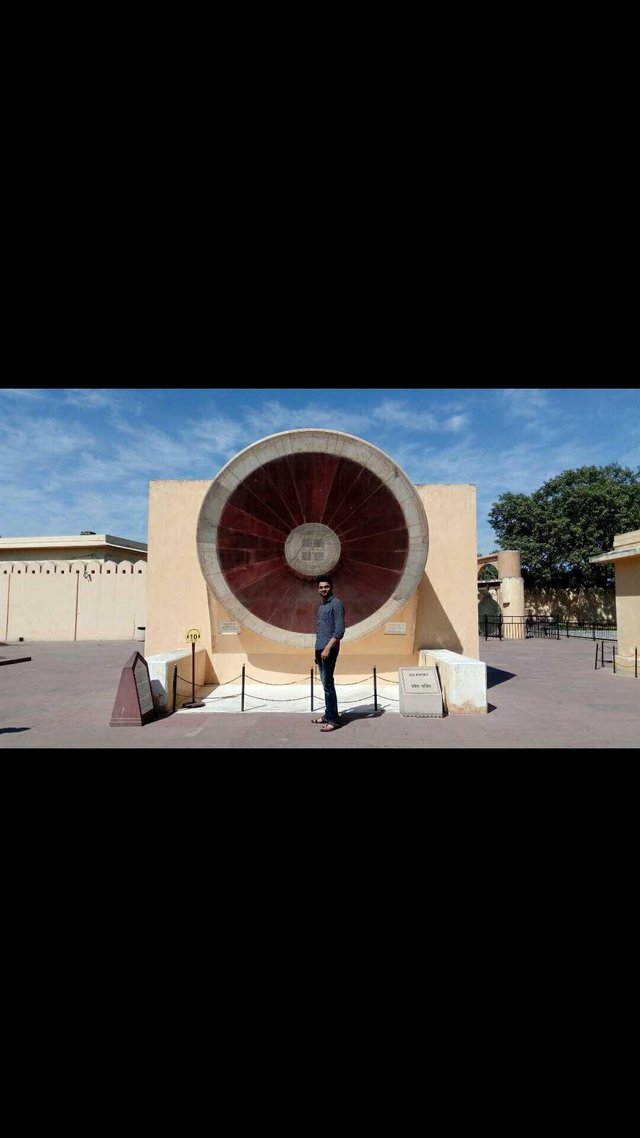Tourism in India #2 Jantar Mantar
The Jantar Mantar landmark in Jaipur, Rajasthan is a gathering of nineteen engineering cosmic instruments, worked by the Rajput ruler Sawai Jai Singh II, and finished in 1734. It includes the world's biggest stone sundial, and is an UNESCO World Heritage site. It is situated close City Palace and Hawa Mahal of Jaipur, the landmark highlights brick work, stone and metal instruments that were manufactured utilizing cosmology and instrument plan standards of old Hindu Sanskrit writings. The instruments permit the perception of galactic positions with the bare eye. The landmark communicates design advancements, and in addition the meeting up of thoughts from various religious and social convictions in eighteenth century India. The observatory is a case of the Ptolemaic positional stargazing which was shared by numerous civic establishments.
The landmark highlights instruments working in every one of the three principle traditional divine organize frameworks: the skyline pinnacle neighborhood framework, the central framework and the ecliptic framework. The Kapala Yantraprakara is one that works in two frameworks and permits change of the directions straightforwardly from one framework to the next.

The landmark was harmed in the nineteenth century. Early reclamation work was attempted under the supervision of Major Arthur Garrett, a sharp novice stargazer, amid his arrangement as Assistant State Engineer for the Jaipur District.
Very beautiful place
Awesome place
Nice place